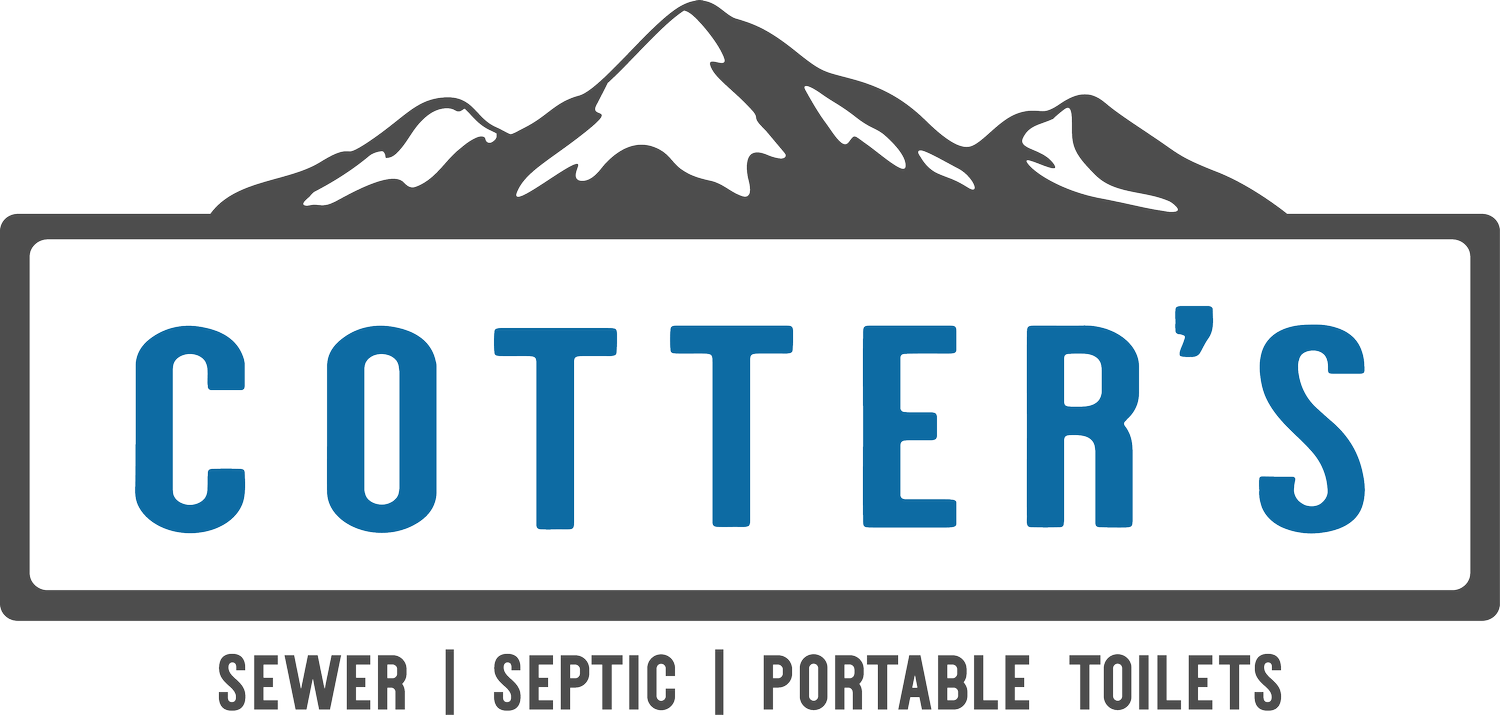Caring for Septic Systems
Maintaining your septic system doesn’t have to create a headache. There are a few things to keep in mind when it comes to taking care of your septic system.
Rule 1: Pump & Inspect
According to the EPA, the average household septic system should be pumped and inspected every 3 to 5 years. There are four major factors that impact the frequency of your septic system pumping.
Household size
Total wastewater generated
Volume of solids in wastewater
Septic tank size
Keeping a maintenance agreement with a professional septic pumping company will allow you to rest easy knowing the essential maintenance is taken care of.
Rule 2: Don’t overuse water
All the water used in a household ends up in the septic tank. Efficient water usage helps the functionality of the septic system. Here are a couple of tips:
Install high-efficiency toilets, faucets, and shower heads
Limit washing machine usage throughout the week
Don’t overwater near your drainfield
Rule 3 - Only flush human waste and toilet paper down the toilet.
Never flush these items down the toilet because they could clog your septic system and cause a failure:
Cooking grease or oil
Wipes - such as baby wipes or other wet wipes
Photographic solutions
Feminine hygiene products
Condoms
Dental floss
Diapers
Cigarette butts
Coffee grounds
Cat litter
Paper towels
Pharmaceuticals
Household chemicals like gasoline, oil, pesticides, antifreeze, and paint or paint thinners
Rule 3 - Avoid driving or building on your drainfield
The weight of vehicles and heavy equipment compacts the soil, which can damage pipes. It is not recommended to plant trees, shrubs, or vegetable gardens on the drainfield. Tree and shrub roots can ensnarl and damage drainfield pipes. Vegetables can potentially be exposed to sewage effluent and unsafe to consume.
